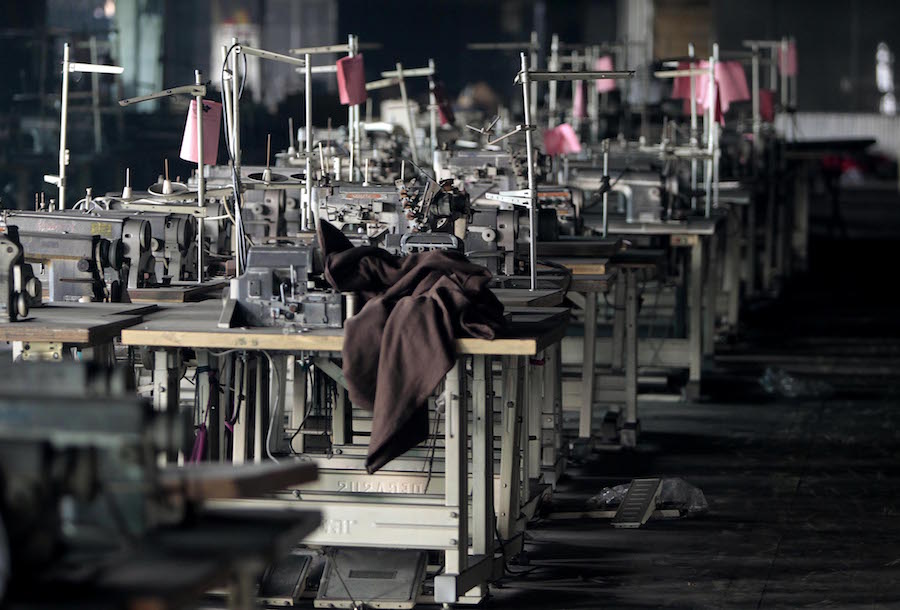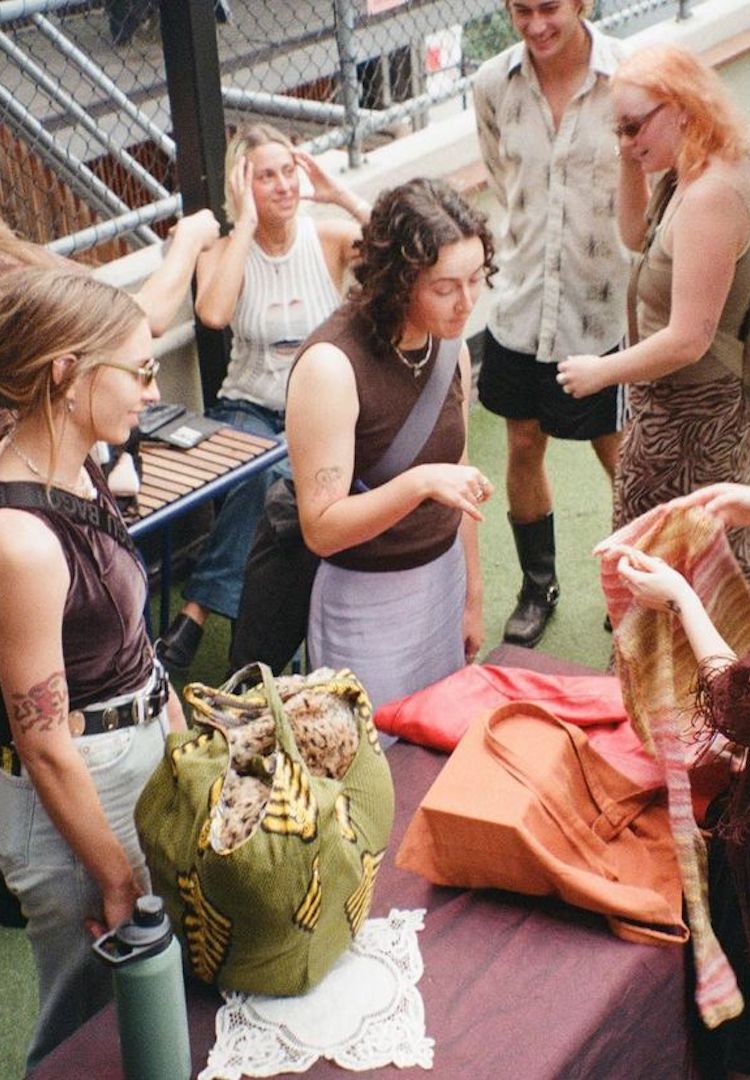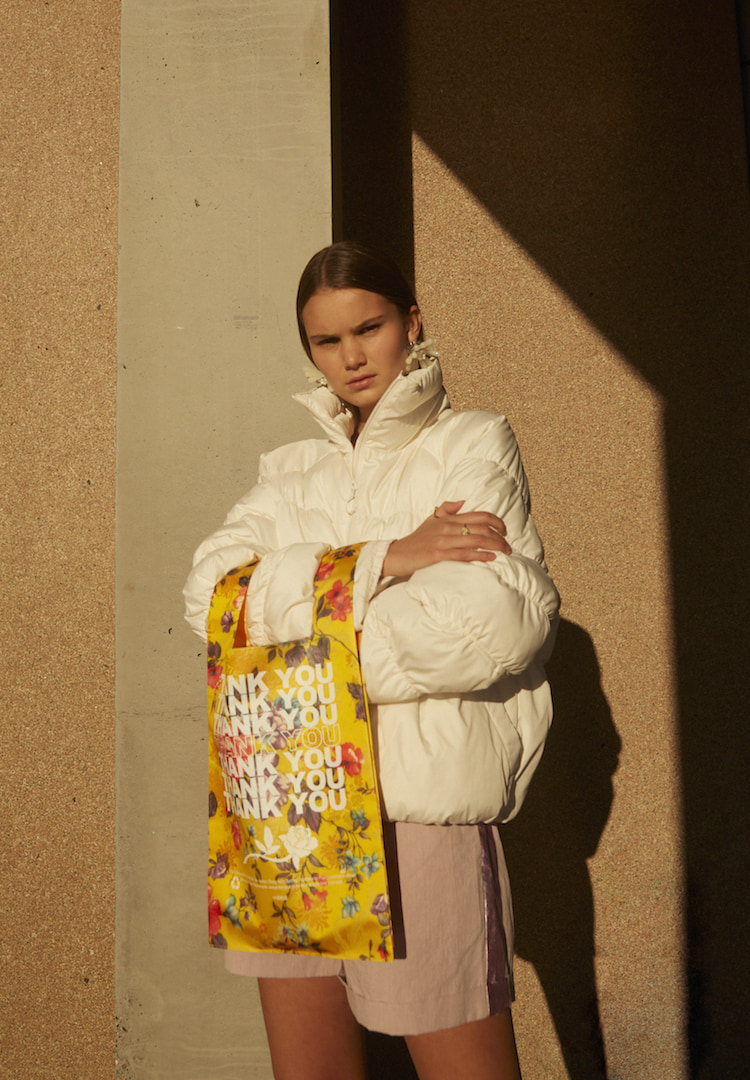Quit pointing fingers, it’s time to take responsibility for sustainability
Think of it like making better friends with the labels you already love.
I remember vividly the moment Baptist World Aid released its 2016 Australian Fashion Report. I remember it because my normally peaceful pocket of Facebook was suddenly erupting in throwdown. Before my eyes, a brawl between ‘betrayed’ consumers and their favourite Aussie labels was unravelling faster than a poorly-made sweater.
I speak of this like it was eons ago, yet the cat was only let out of the bag last month. But the chaos the findings created has become a monumental marker in the local sustainable fashion debate. Who knew well-dressed ladies and gents could kick up such a fuss. Suddenly, my usually placid pals, colleagues and wider Insta-community were attracting the attention of mainstream news outlets like the The Age, The Guardian and Daily Life.
The most colourful consumer retorts wriggled their way into these major metropolitan headlines. Many of these targeted Melbourne label, Gorman, despite the fact a spattering of Aussie companies also flunked (nine out of the 87 surveyed received an F).
“It’s frustrating that the company expects its followers’ heads to remain in the sand,” said one fan.
Another labelled Gorman’s attempt at repairing the damage a “cynical PR spin.”
And here, I confess: I also took to finger-pointing during this period. How could labels with which I’d spent hard-earned dollars, lie to me? A loyal and virtuous VIP? Why wasn’t I privy to the inner workings of these supply chains? Shame! How dare these brands pull the (unethically manufactured) wool over my eyes.
But after playing keyboard warrior and spending some quality time on my high horse, I realised the stance I was taking was rather immature. Sure, the big boys were in the wrong for not being transparent, but I was equally at fault. I was pointedly labelling myself a loyal consumer who’d been misled, when in fact, I hadn’t even taken the time myself to seek out the answers the report was exposing.
Castigating these companies for selling the fruits of a faulty supply chain is not the right way to go about the sustainable fashion conundrum. It’s like buying a $1 litre of milk and then blaming the supermarket giants for swindling local dairy farmers.
The fashion industry exists to serve us, the consumers. And it’s going pear-shaped because before now, we haven’t cared enough to question. We’ve got rights as consumers, but we’ve also got responsibilities. We might consider ourselves to be the little people in this debacle, but we can’t deny the fact we’re also culpable for the calamity.
Similar to food, the problem with the fashion supply chain today is that those on the purchasing end are so disconnected from those at the start of the cycle, it seems the only thing connecting maker to buyer is a $20 shirt. (Realistically, it is). Because of this disconnect, it’s so easy to align ignorance with bliss. And so, as soon as our conscientiously curated wardrobe becomes polluted by the thought of a dishonourable supply chain, it’s even easier to play the blame game. (How dare you, Gorman!)
But c’mon, fellow fashionistas. If we’re the ethically engaged consumers we claim to be, we should be doing the research ourselves.
If the quality of our previously trusty purchases starts to dwindle, we should be digging deeper for why this is the case. You’d be surprised what an Internet search can unearth. Or what a shop assistant/middle-management-man/designer will happily disclose. And hey, if they aren’t willing, maybe it’s time to go elsewhere to buy your clothes.
It shouldn’t take a damning report for us to encourage more from fashion. The onus is on us to do our homework just as much as it’s on companies to provide us with the study material. Think of it like detective work. Or revising for an enjoyable exam. Or making cosier friends with the labels you love; becoming a more loyal fan.
If change is going to be made, it’s got to come from the bottom. Because without the bottom, whatever’s on top doesn’t look that good. Think of it this way: not even a Prada coat can realise its full potential until it’s paired with a complementary set of pants. And if I wanted to take this metaphor further (which I do, I love fashion-related metaphors) I would say that in this company-consumer relationship, it is us, the humble consumer, who wears the pants.
But we need to wear our pants responsibly. For as long as we continue to purchase from companies with dubious production practices, we’re funding the perpetuation of a poor supply chain.
And if you have done your research, then I applaud you. Because if we really wanted to encourage transparency within the fashion system, we’d use our initiative to guide what we buy and what we deny. It’s the best way to get brands to listen.
A recent conversation with Australian fashion journalist and author of Wardrobe Crisis: How We Went From Sunday Best to Fast Fashion, Clare Press, made me realise the real stakeholders in this debate are the people that keep fashion functioning: us.
“Brands won’t change while people are still buying their stuff and business is tracking along positively. They won’t change until we make a fuss,” Clare said.
By all means, let’s make a fuss. But let’s do it in a considered way. Venting from behind a computer screen might garner a rigid reaction, but it’s responsible and respectable consumers that are going to make brands feel good about instigating ethical change.
_____
Like this? For more insight into our role as consumers (and other FJ goodness) sign up to our daily newsletter below.









